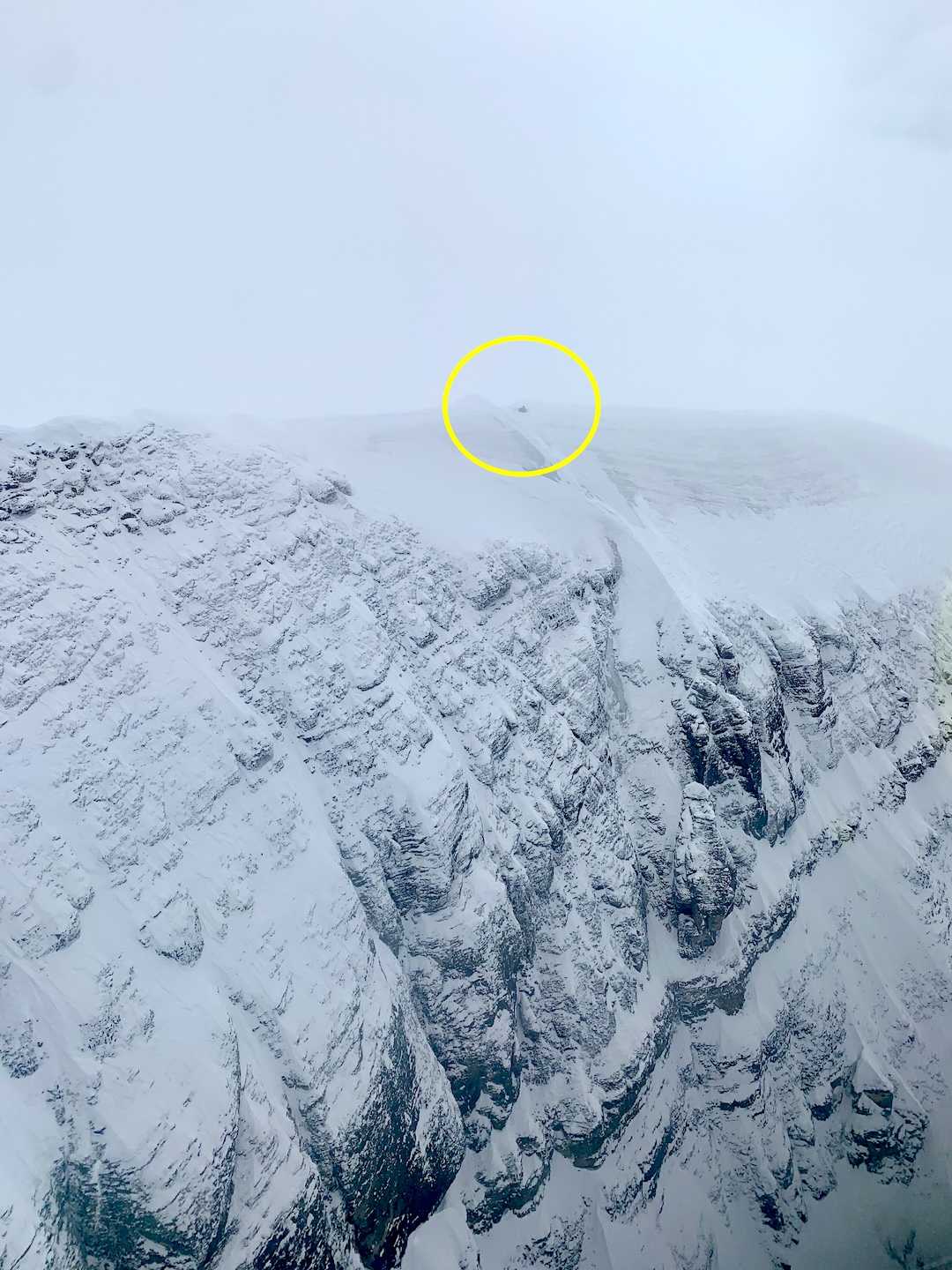Stranded — Bad Weather, Inexperience
Canada, Alberta, Jasper National Park, Mt. Athabasca

On May 19, a party of two climbers ascended the north face route (1,500 meters, Grade III) on Mt. Athabasca, reaching the 3,491-meter summit after 13 hours of climbing. During the ascent, one of the climbers was hit by rockfall and sustained minor facial injuries.
At the summit, the climbers were cold, exhausted, and unsure of how to get down in the poor visibility. They sent out an SOS with their ZOLEO satellite communication device, then dug a small hole in the snow and wrapped themselves in a space blanket. Parks Canada SAR made multiple attempts by helicopter to reach them but were unsuccessful due to poor weather. During the last flight, a small weather window allowed rescuers to drop a tent, sleeping bags, food, and a stove for the climbers.
The next morning, the weather prevented helicopter operations. Consequently, two Parks Canada rescuers started climbing the mountain via the Athabasca-Andromeda Col (AA Col). That afternoon, the weather cleared and another set of rescuers was flown to the saddle between Athabasca’s summit and the adjacent Silverhorn. Rescuers climbed to the stranded pair and facilitated a helicopter pickup.
ANALYSIS
Mt. Athabasca is one of the most accessible and popular 11,000-footers in the Rockies. All the routes are heavily glaciated and can be challenging to navigate in poor weather. The north face route has changed dramatically over the years due to melting ice. The final mixed pitch once had plentiful ice and one move graded 5.3; now the lack of ice can bump the grade up to anywhere from 5.7 to 5.10 or M6. The added technical challenge and general fatigue contributed to these climbers’ stranding. This was compounded by a lack of experience, poor navigation tools, and absence of familiarity with the descent. (Source: Parks Canada.)

